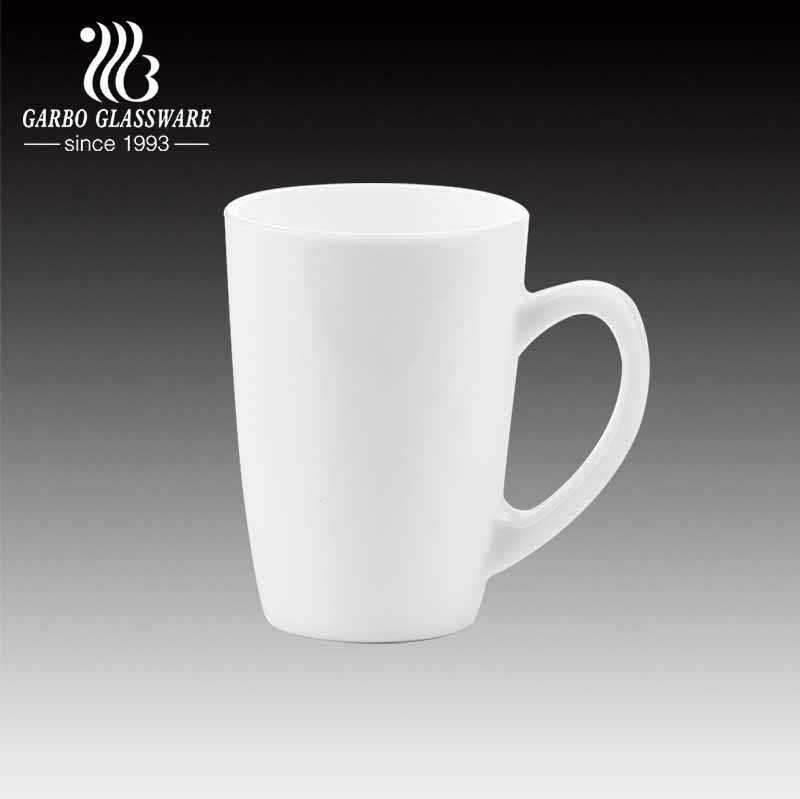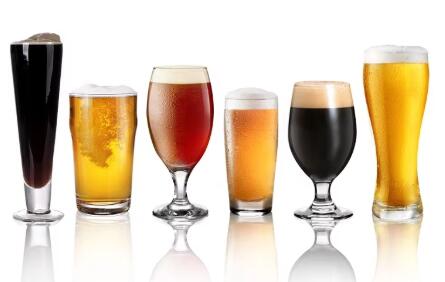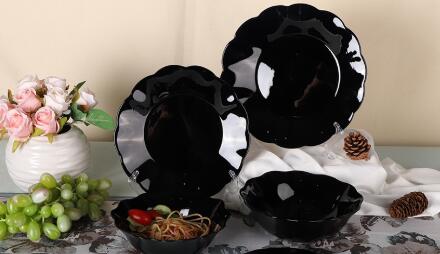Is the tempered glass cup poisonous?
Pulished on May. 21, 2019We believe that the preferred glass for drinking water is healthy drinking water. However, the glass has different effects according to the material, such as ordinary glass and tempered glass. So is the tempered glass poisonous? The tempered glass as a tableware contains no lead and has no side effects on the human body. Even if it is accidentally broken, there will be no sharp fragments of the general glass. However, tempered glass is safe to drink cold water, and drinking hot water is not safe. The following is a detailed description of the tempered glass cup.
![]()

The glass itself is non-toxic, because glass is a high-temperature sintering product of silicate, and the cleaning of glass products is mainly to remove the pollutants on the surface of the glass. However, ordinary glass is fragile, and the edges of the chips are sharp and easy to injure, so the high temperature is softened and then suddenly cooled to become tempered glass. The tempered glass tableware uses quartzite as its main raw material, and at the same time, it is melted at a high temperature of 1,800 degrees Celsius to obtain the material of the FRP. Secondly, the FRP material is also added with high-tech technology. Porcelain powder is produced and processed. Even if it is broken, the fragments are small, no sharp edges and corners, and it is not easy to hurt people.
Why does the tempered glass cup burst?
The raw material of the tempered glass is also ordinary glass. It is first made into a thick glass and then heated in a furnace to 650 ° C. At this time, the glass has softened, but it has not been deformed, and the oil is quickly put into the water to be rapidly cooled. This process is called "tempering", also called quenching. Just like steel quenching, the glass becomes hard and strong.
Glass is a poor conductor of heat. When the glass is cooled in an instant, the surface layer first cools, hardens, shrinks, and the interior of the glass is still in a highly hot plastic state, with an outward expansion force. Therefore, the tempered glass is made with compressive stress on the surface and tensile stress inside. In general, these two should be balanced in all parts of the cup, and there will be no problems in use.
However, in some cases, due to improper quenching, the cup body produces an unbalanced stress, which may cause it to burst without cause. For example, the internal stress of a part of the cup is greater than the external stress. The force applied from the inside to the outside is very large, while the external inward pressure is very small. Although there is no problem on the surface of the cup, the inside is actually struggling.
For example, the glass plate on the desk can also occasionally burst, the same as the tempered glass. These thick glass products are not quenched, but in the process of changing from liquid to solid, the surface is first cooled and hardened, and the internal post-cooling is hardened, and there is also an unbalanced stress.
The principle is actually very simple. After the rolled water enters the cup, the cup is heated and expanded. Due to the relatively poor thermal conductivity of the glass, the outer layer has not received heat after the inner glass expands, so the outer wall of the glass expands and lags, and the pressure of the outer wall suddenly increases. The pressure exceeds the strength of the cup and the burst occurs.









